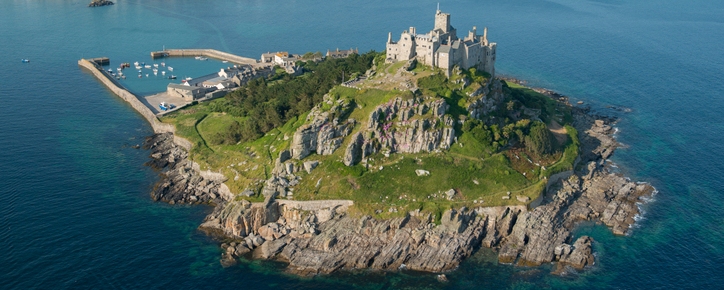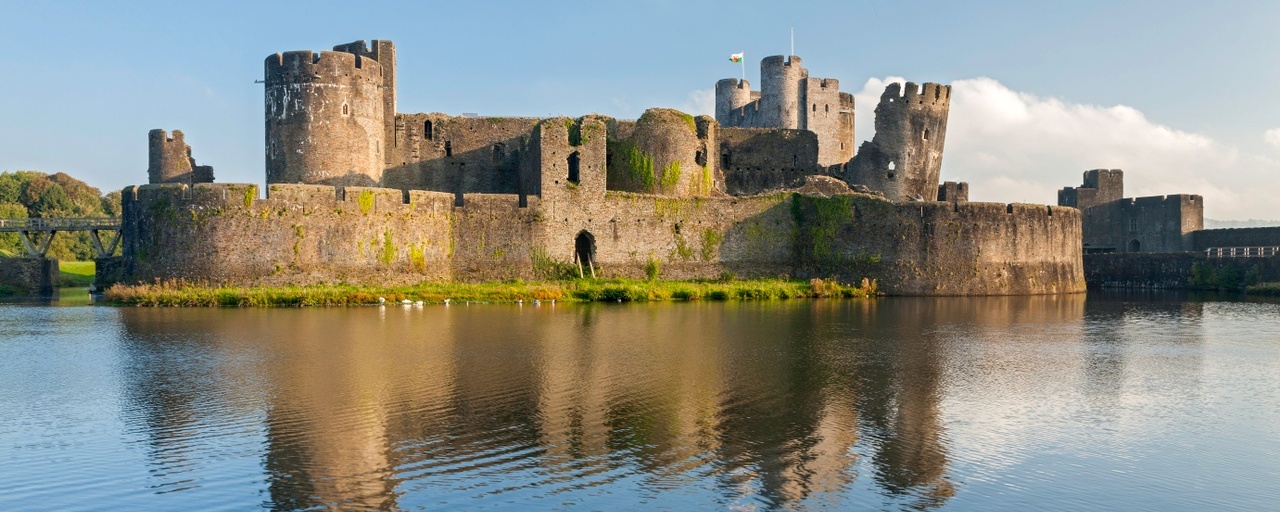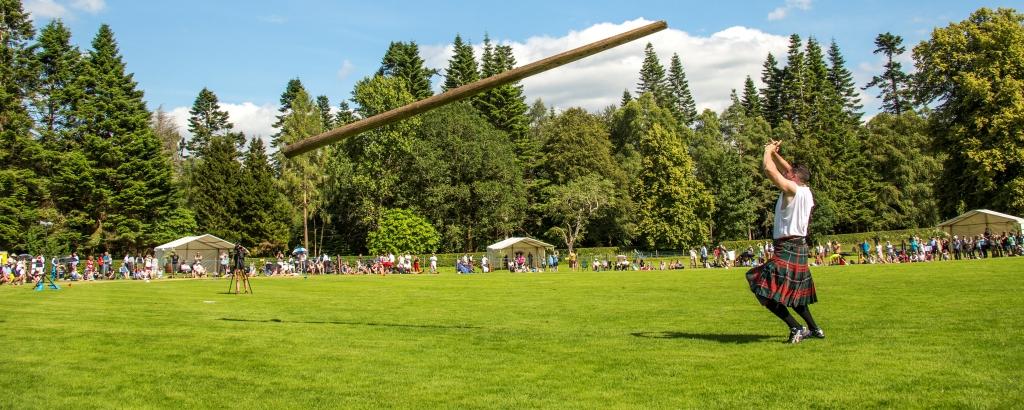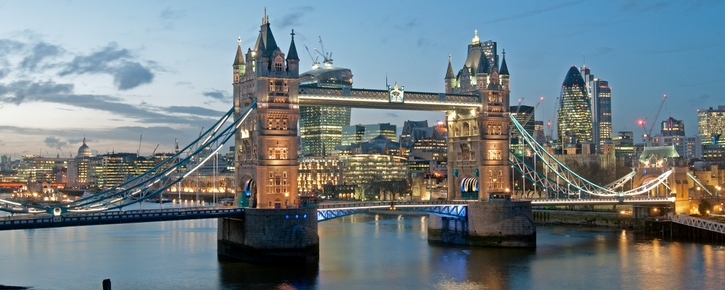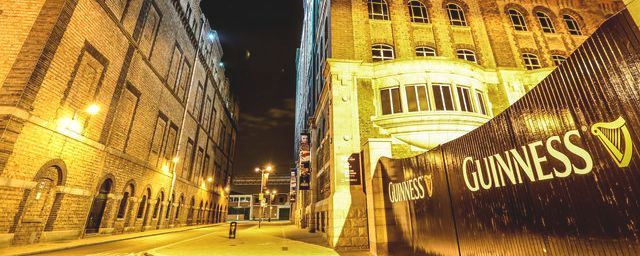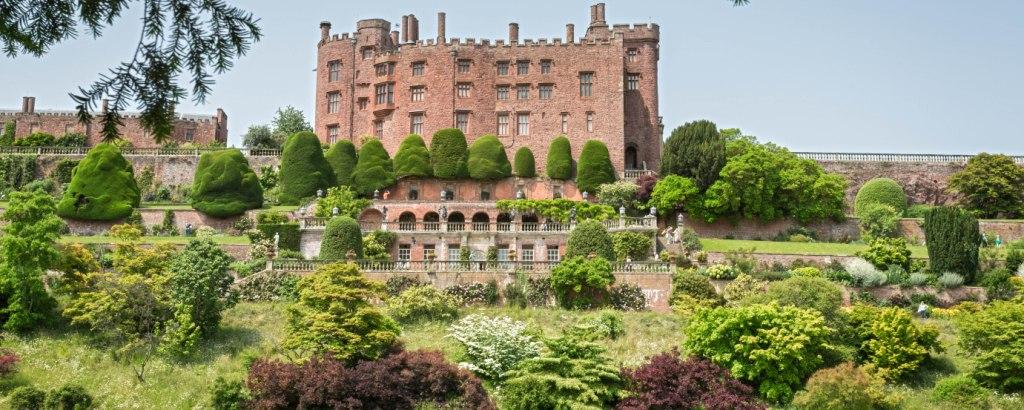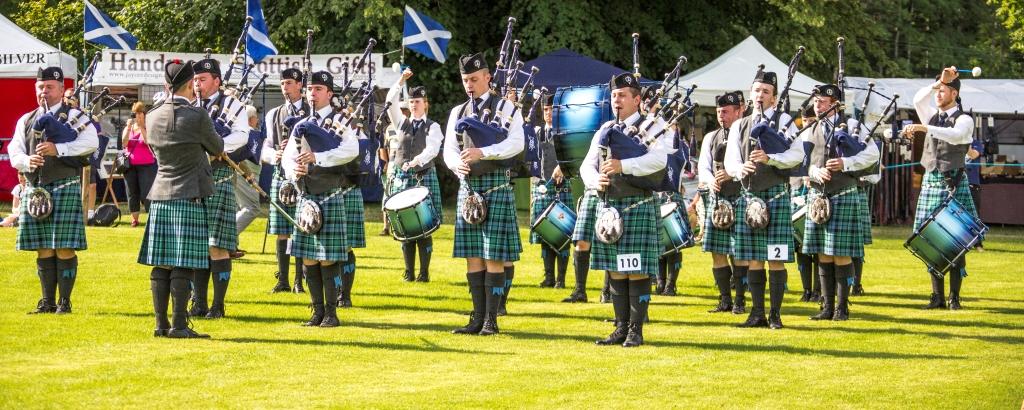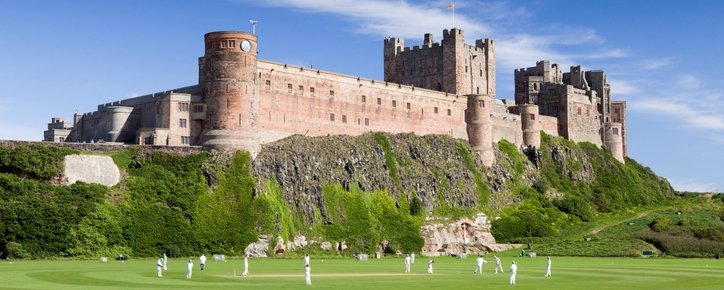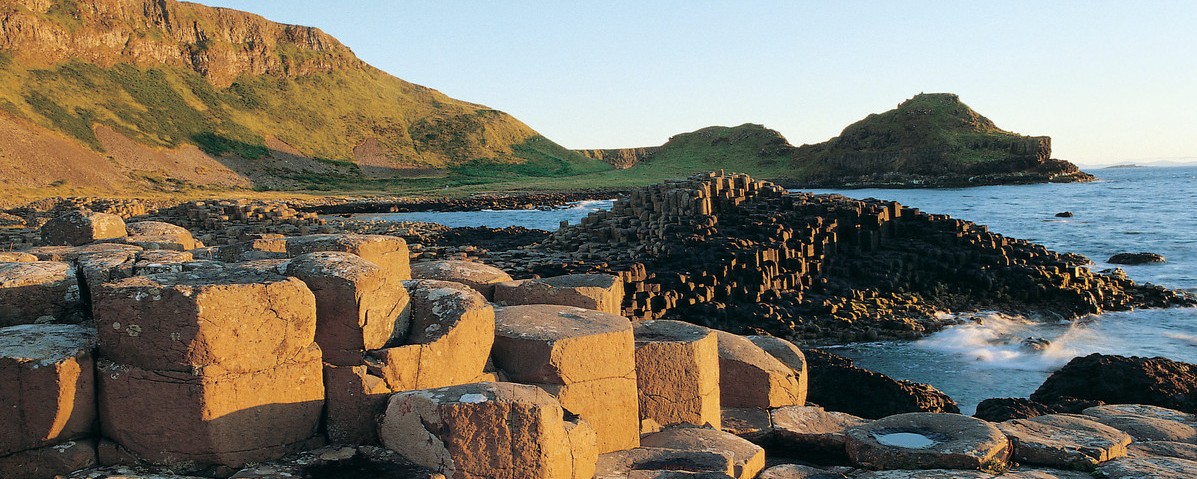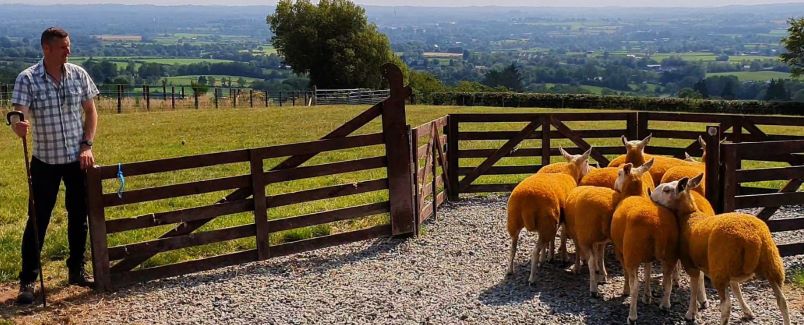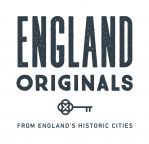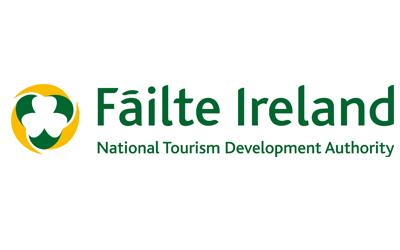Lindisfarne Priory reopens with new monument and internationally significant treasures
Britain’s first known prayer bead necklace, one of the earliest surviving examples of knitting found in Europe and a recently discovered Anglo-Saxon glass gaming counter are just a few of the treasures on display for the first time at Lindisfarne Priory in Northumberland, which reopened on 18 February.
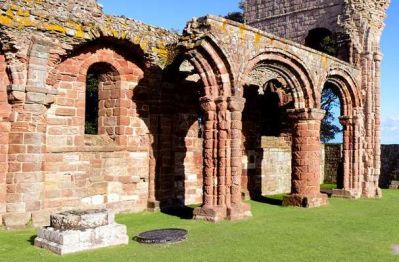 Lindisfarne Priory © English Heritage
Lindisfarne Priory © English Heritage
The new museum display at Lindisfarne – also known as Holy Island – explores the island as one of the most important centres of early English Christianity and its fate at the hands of Viking raids, while a new monument in the priory ruins marks the spot of the original shrine to St Cuthbert, northern England’s most revered saint.
Once one of the most important places in Anglo-Saxon England, Lindisfarne’s close links to the Northumbrian kings and its connection to St Cuthbert brought great wealth to the monastery, and a new museum display at Lindisfarne Priory gives a glimpse into three significant phases of the site’s history: its founding and the cult of St Cuthbert, the horrors of Viking attacks, and the 12th century medieval monastery. Lindisfarne is connected to the mainland by causeway and is only accessible to visitors at certain times of day due to the tides.
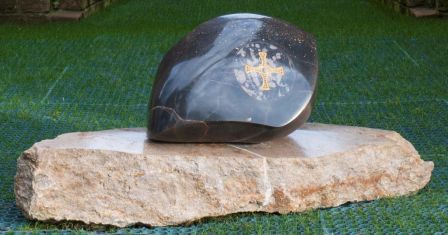 The new monument to St Cuthbert © English Heritage
The new monument to St Cuthbert © English Heritage
A number of remarkable artefacts on display for the first time include a necklace made from salmon vertebrae; recently found on a skeleton from Lindisfarne and dating to the 8/9th century, the incredible discovery has been revealed to be Britain’s earliest known prayer bead necklace.
An Anglo-Saxon glass gaming counter, 21 unique name stones many inscribed with both runic and Latin text (used to identify the dead) found on or close to the priory site, and a spearhead (perhaps used for protection against Viking raiders) tell the early history of the site, while fragments of a knitted woollen sleeved waistcoat, dating to the 17th century and identified as one of the earliest surviving examples of knitting in Europe, highlights the use of the monastery beyond its suppression in 1537 and the enduring significance of Lindisfarne.
Susan Harrison, English Heritage’s North Collections Curator, said: “Lindisfarne was and has remained a site of huge international significance, not only in its influences on the practices of Christianity in England, but also as the site of the first significant attack by Viking pirates in western Europe.
“The wealth of artefacts we have now been able to put on display in the museum is truly astounding, from the famous Viking raider stone perhaps commemorating that first attack, to recently excavated items, like Britain’s first prayer beads, never before on display.
“The beautiful new monument to St Cuthbert also adds the final layer to the story, grounding his memory within the ruins of the priory and marking the spot that monks, in the early 1100s, believed to be his original burial place and where they may have sited their own shrine.”
 Lindisfarne Castle on beautiful Holy Island
Lindisfarne Castle on beautiful Holy Island
Sometime in the 670s, a monk named Cuthbert joined the monastery at Lindisfarne. He eventually became Lindisfarne’s greatest monk-bishop, and the most important saint in northern England in the Middle Ages. Cuthbert died on 20 March 687 and was buried in a stone coffin inside the main church on Lindisfarne.
Eleven years later the monks opened his tomb and discovered that his body had not decayed – a sure sign, they argued, of his saintliness. Miracles were soon reported at St Cuthbert’s shrine and Lindisfarne was quickly established as the major pilgrimage centre in Northumbria; one of the results being the production in about 700 of the masterpiece of early medieval art known today as the Lindisfarne Gospels.
After a number of Viking raids, St Cuthbert’s coffin was removed from Lindisfarne and eventually buried in Durham Cathedral. As no evidence of his original shrine survives, English Heritage has commissioned a new monument, designed by sculptor Russ Coleman, to mark where the saint’s original burial place and the site of the miracles may have been located.
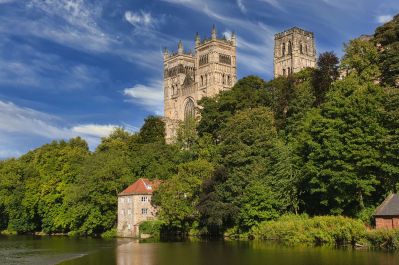 Durham Cathedral where St Cuthbert is now buried
Durham Cathedral where St Cuthbert is now buried
Made from a large basalt boulder found locally, the new monument is inset with Frosterley marble as a nod to the grave slab that marks St Cuthbert’s final resting place at Durham. Sitting on a Swaledale fossil plinth, which was found in the region and contains sea creature fossils, the monument stands within the ruins of the 12th-century priory, which claims direct descent from the early monastery.
Janet Redler, Managing Director of Janet Redler Travel, said: “The incredible new displays at Lindisfarne Priory Museum and the exquisite new monument to St Cuthbert make a visit to Holy Island an essential part of a tour of Northern England. Located as it is close the border with Scotland, unforgettable Holy Island is also the perfect place to visit on a tour of both countries.”
If you or your group would like to experience the incredible beauty and spirituality of Lindisfarne on a pilgrimage or a tailor-made heritage tour of England and Scotland, please do contact our friendly team today.

